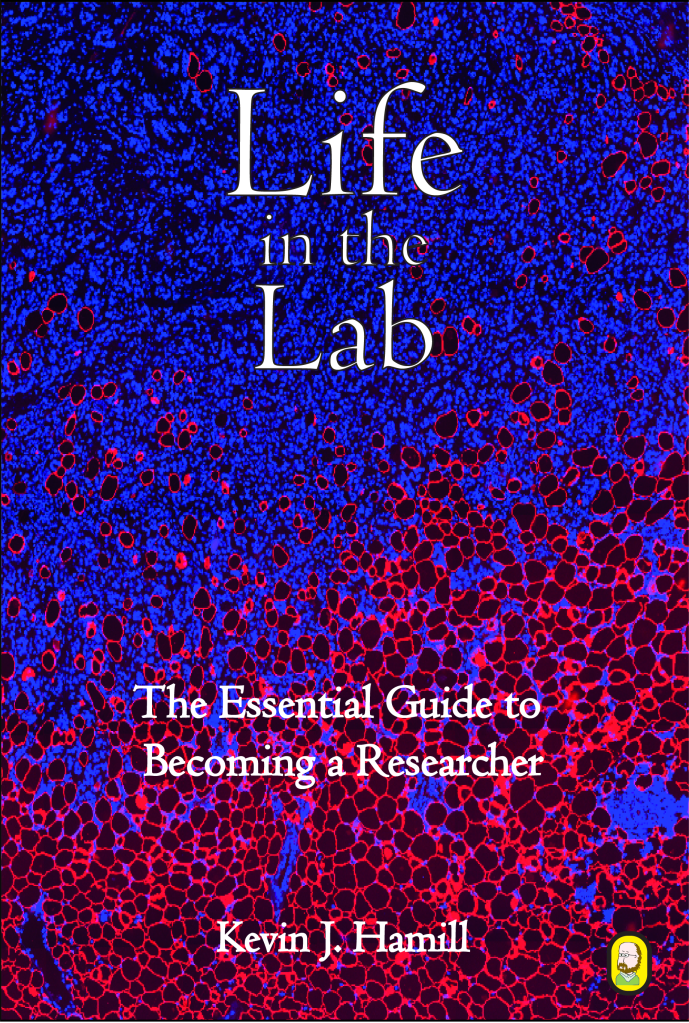Welcome to this MCQ on DNA, genes and chromosomes. The questions are designed to start quite easy but become more difficult as you progress to later quizzes. After each question is a brief explanation and/or tip for how to remember this information in the future.
UPDATE!! This page still works and hopefully it is still useful. However, I have made a different, more quiz-like version. Quicker, different questions, same theme
Let’s start simple… You need to be comfortable with core terms…
If a trait of someone was described as “heterozygous” what would it mean?
the alleles of a particular gene are non-identical
the alleles of a particular gene are identical
only one allele of a gene is necessary to express the trait
both alleles of a gene must be identical to express the trait
the person has the most common phenotpye
the person has one of the rare phenotypes
Answer explanation
click to expand
hetero – different so that rules out all the phrases where things are identical, zygous – from zygote refers to a cell made from fusion of two haploid cells (gametes). heterozygous means essentially a mixed diploid cell but in terms of traits it means different alleles. Homozygous would be identical alleles, dominant is when one allele determines the phenotype, recessive is when both are needed, the most common phenotype is often referred to as the wild-type phenotype whereas the rare phenotypes name would depend on the context e.g. whether describing a genetic disease or non-pathological variation
The diagram above shows the four bases on DNA, but which is which?
1. Thymine 2. Adenine 3. Guanine 4. Cytosine
1. Adenine 2. Thymine 3. Cytosine 4. Guanine
1. Adenine 2. Thymine 3. Guanine 4. Cytosine
1. Thymine 2. Adenine 3. Cytosine 4. Guanine
1. Guanine 2. Thymine 3. Adenine 4. Cytosine
1. Cytosine 2. Guanine 3. Thymine 4. Adenine
Explanation / memory aid
Click here
The pairings have to be A-T and G-C. A-T have two hydrogen bonds and must be the top pair, G-C have 3 bonds. Then we ask which is which within the pair… the DNA bases are split into purines and pyrimidines. The phrase “pure as gold ” is sometimes suggested as a memory aid for Purines = Adenine Guanine. That only helps you if you know what purines are the bigger ones, the ones with two rings…. so perhaps “2 Pure as Gold rings” would work?
Another core concept. The gene. A gene is a unit of inheritance which is transferred from a parent to offspring. However, which of the following is true?
All genes encode proteins
All genes are expressed in every cell
A diploid cell has two copies of every gene
Genes must be converted to messenger RNA before they can be used
Genes were invented by a Scottish scientist
Each gene makes one product
None of these statements are true
Answer explanation
Click here
The purpose of this question was to illustrate just how versatile genes are! Genes encode proteins and also other products including ribosomal RNA, micro RNAs, small and large non-coding RNAs, transfer RNAs, nucleolar RNAs etc. Therefore they also don’t need to be converted to mRNA to be used. Diploid cells may only have one copy of gene if it is on either an X or Y chromosome. Not all genes are expressed in every cell, that’s what makes each cell different! Each gene can also make multiple products, multiple different proteins via alternative splicing and quite often make proteins and miRNAs or other functional RNAs. As for who “invented” genes…
Q1…easy… whose karyotype is this?
female with trisomy of chromosome 7
male with trisomy of chromosome 7
healthy female
healthy male
female gorilla
female orangutan
Explanation
Click here
you can see three copies of chromosome 7… “trisomy” and you can see two X chromosomes and no Y chromosome, therefore female, trisomy chromosome 7. Gorillas and orangutans are very similar in terms of genetics but actually have 48 chromosomes in a diploid cell rather than 46 (essentially difference is chromosome 2 in humans becomes two separate chromosomes).
Q2 What type of cell was this karyotype generated from?
A somatic cell in metaphase
A somatic cell in Go or G1
A spermatozoa
An egg
A red blood cell
Explanation
Click here
Karyotyping is done at metaphase as this is the only stage of the cell cycle when chromosomes are condensed and lined up.
The banding pattern on the chromosomes is achieved by staining with a dye. What is the name of that dye?
Giemsa
Haemotoxylin
Eosin
Hoescht
DAPI
Explanation
Click here
Giemsa – also known as “G-banding” is used for karyotyping. Haemotoxylin and Eosin are used in histology to stain tissue based on acid/base, Hoescht and DAPI are DNA binding dyes used in fluorescence microscopy
The darker bands / lighter bands on the stain reflect the make up of the DNA and (broadly) how transcriptionally active those regions are. What are the terms for these regions and how do they match up with activity?
Dark – heterochromatin, less transcriptionally active. Light – euchromatin, more transcriptionally active
Light – heterochromatin, less transcriptionally active. Dark – euchromatin, more transcriptionally active
Dark – heterochromatin, more transcriptionally active. Light – euchromatin, less transcriptionally active
Light – heterochromatin, more transcriptionally active. Dark – euchromatin, less transcriptionally active
Explanation
click here
Basically, the staining intensity reflects how tightly the chromosomes are packed. The less packed, the lighter and the more active. The dark regions tend to be rich in Adenine and Thymine and are relatively gene poor, where as the light regions are GC rich and more transcriptionally active. The “eu” prefix means good/pleasant/true. Eu-chromatin therefore is broadly “good” which in this case means loaded up with the goodies of active genes!
Next, I recommend…
Or use the buttons below to navigate to one of the others:
If you are planning a career in science research, the book below is a great way to start:



